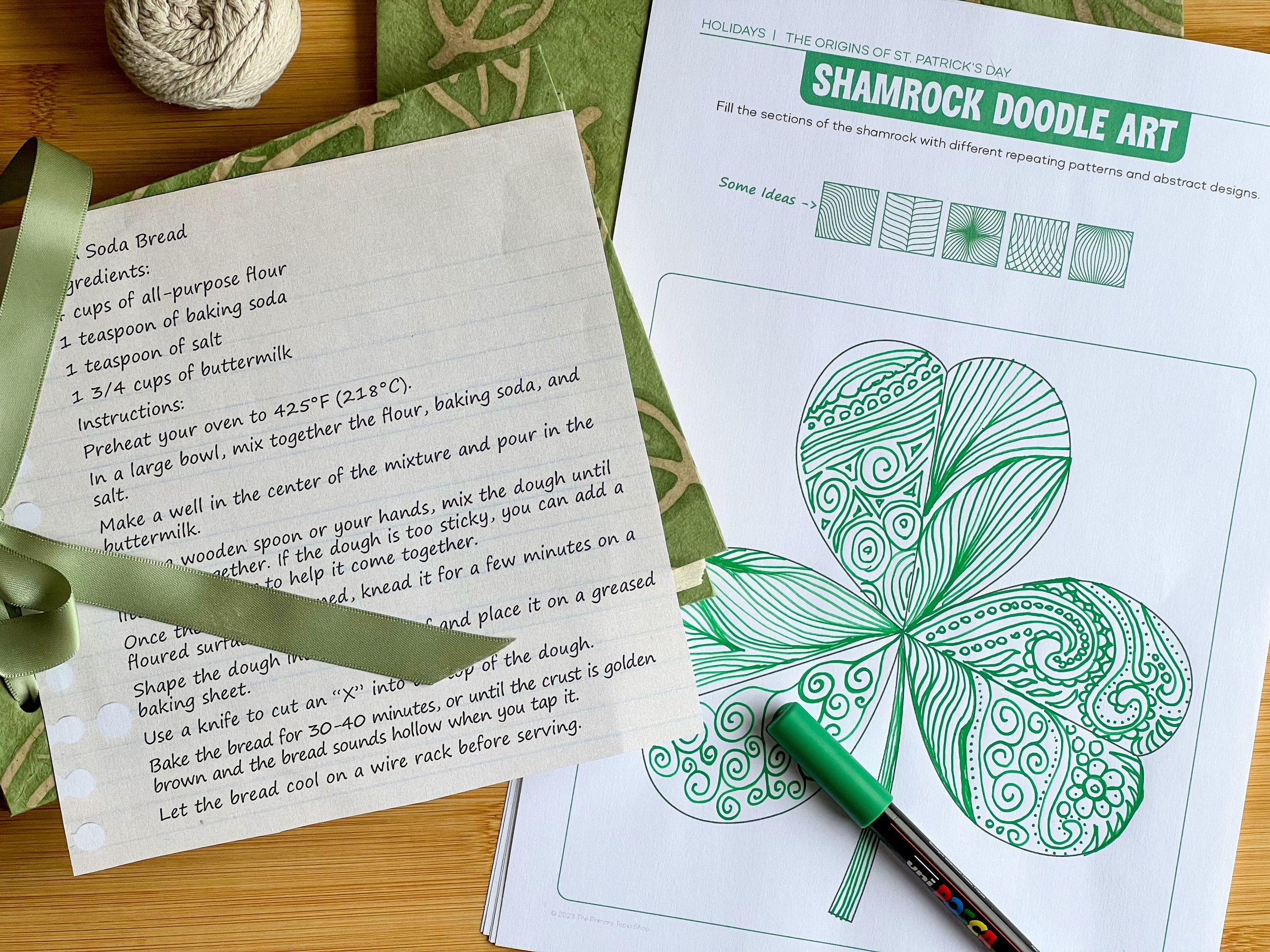Five Classroom Activities for St. Patrick’s Day
Like many holidays, the origins of St. Patrick’s Day go back many centuries, which creates a great opportunity to link fun activities with lessons about history.
Here are five engaging activities for St. Patrick’s Day that reflect the origins of the holiday.
St. Patrick's Day Parade
Have your students read this article from the Washington Post and explain how history is always changing as we find new information. Students can then design and create their own parade floats using materials like construction paper, markers, and glue.
Irish Folklore
The idea of the leprechaun evolved when St. Patrick’s Day was celebrated in America during the 19th century. Have your students research how the origins of the leprechaun (This World History Encyclopaedia article has an interesting article and video) and make a chart comparing and contrasting the original leprechaun from folklore and the idea of the leprechaun we know today. This could be done individually or as a class.
The Shamrock
According to mythology, St. Patrick taught the mainly pagan Irish people the Christian idea of the Father, Son, and Holy Spirit using the three leaves of the shamrock. Since then, the shamrock has become a symbol of Ireland and St. Patrick's Day. For a quiet activity, have your students use a Shamrock template, or draw a template and fill the shapes with doodles. Doodling is a simple activity that can help students improve their focus, memory, and creativity. The finished shamrocks can be attached to a string to make St. Patrick’s Day bunting for the classroom.
Irish Music
In Ireland, traditional Irish music is deeply rooted in the country's culture and history and has been passed down through generations of musicians. The music is often played on traditional instruments such as the fiddle, accordion, tin whistle, and bodhran. These instruments have a unique sound that is instantly recognizable and can create a lively and festive atmosphere. Play traditional Irish music and have your students identify the instruments and sounds they hear.
Traditional Irish Food
Irish soda bread is a traditional food of St. Patrick’s Day. Traditionally, there is an “X” carved into the top of the loaf. There are different theories as to why this is done; to let the fairies out, to ward off evil spirits, or merely to keep the bread from splitting in unexpected places. If you have a class kitchen, you can bake this bread in class. Otherwise, students could make the bread at home and bring it in to show to the class.
Irish Soda Bread Recipe
Teaching your middle school students about the history and origins of St. Patrick's Day can be a fun and engaging way to expand their knowledge and understanding of Irish culture. Use these activities to make your St. Patrick's Day celebration exciting and educational in your classroom!



